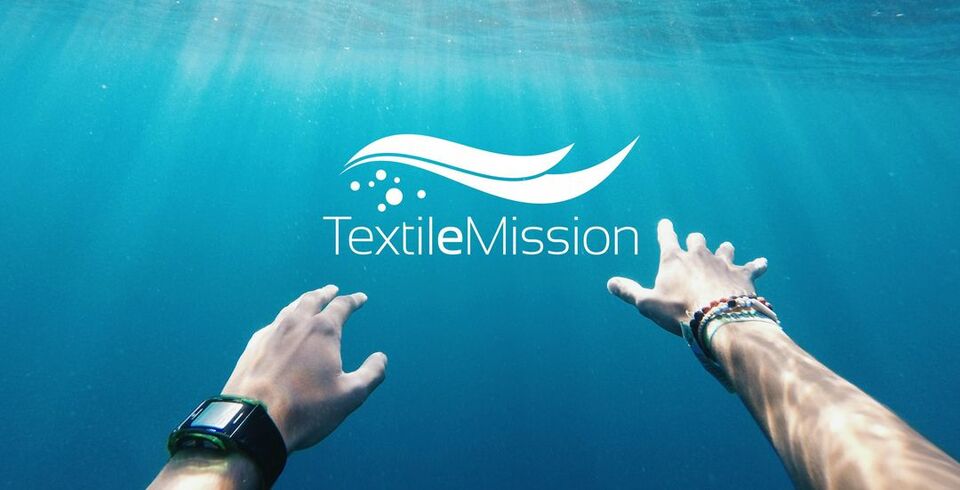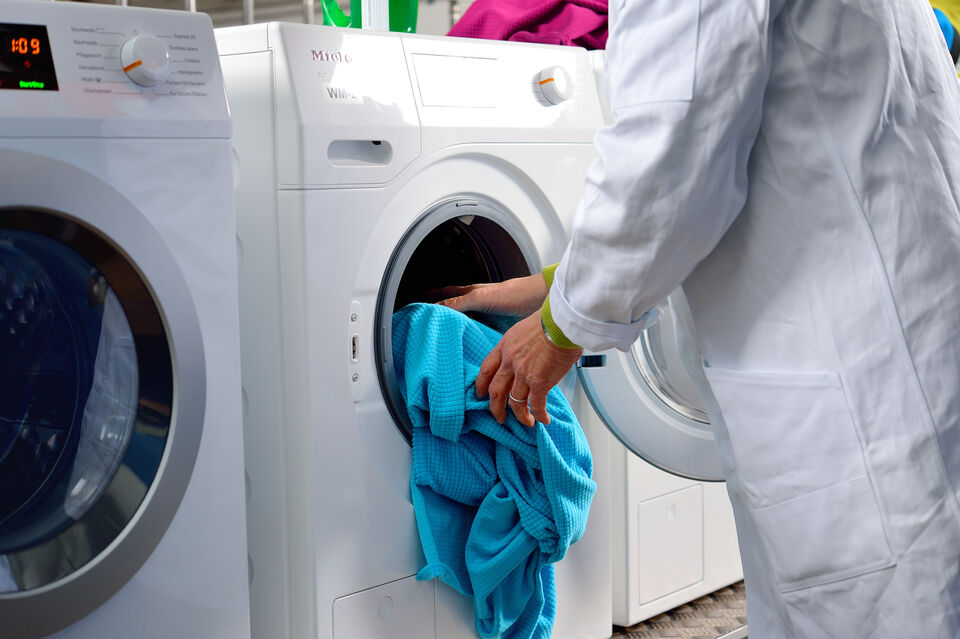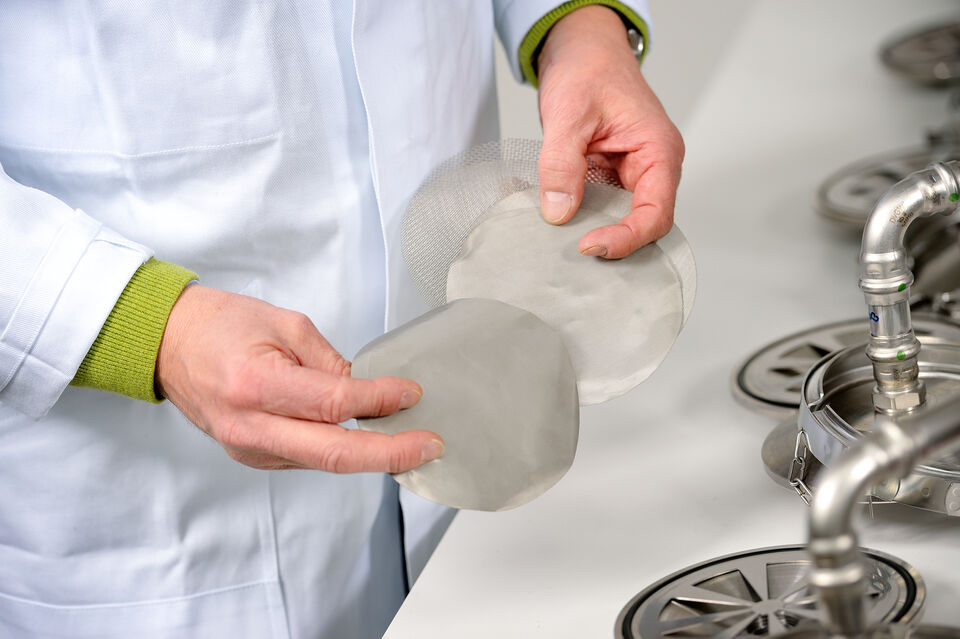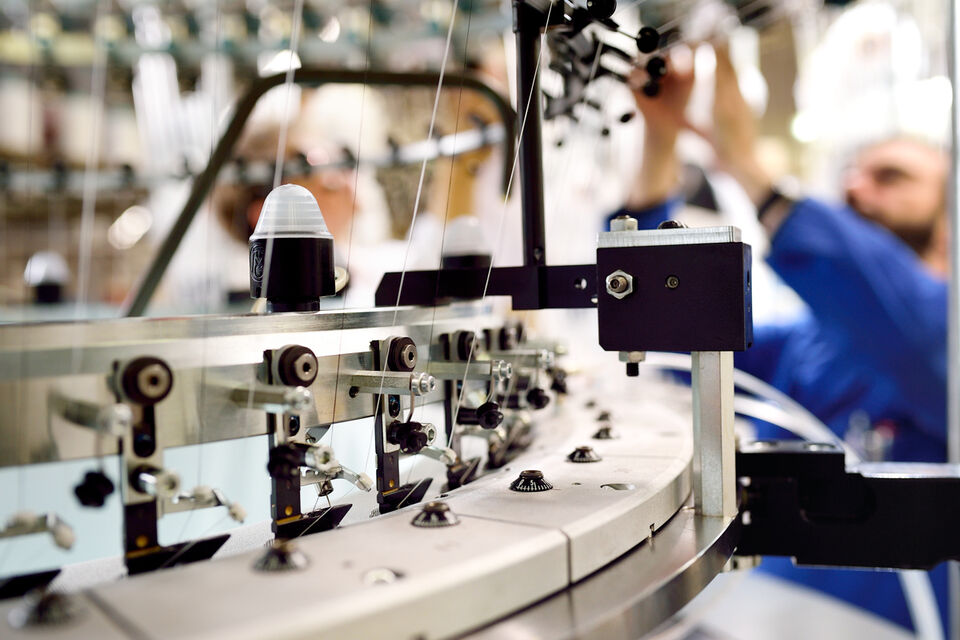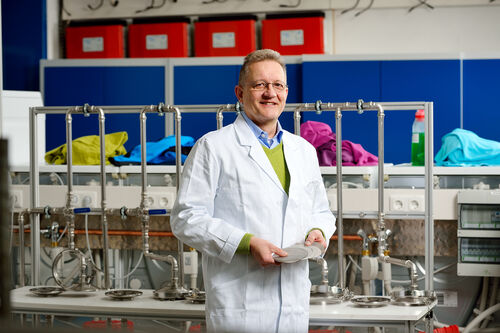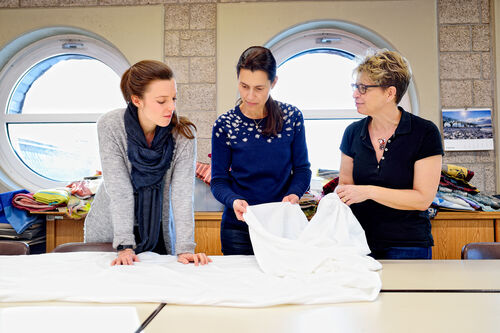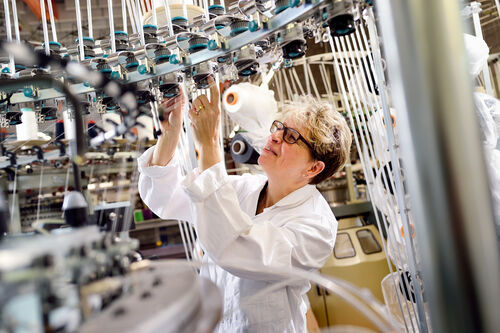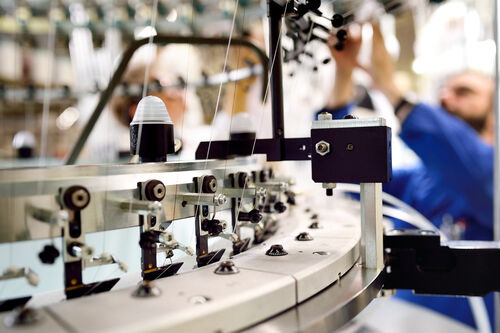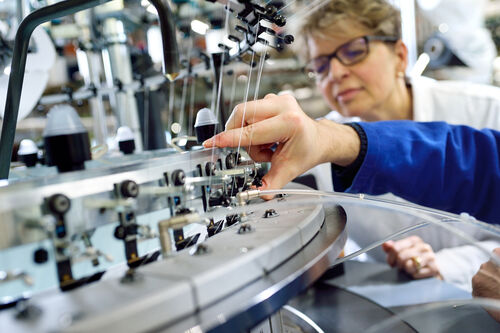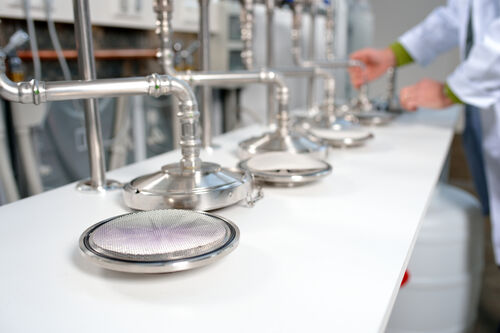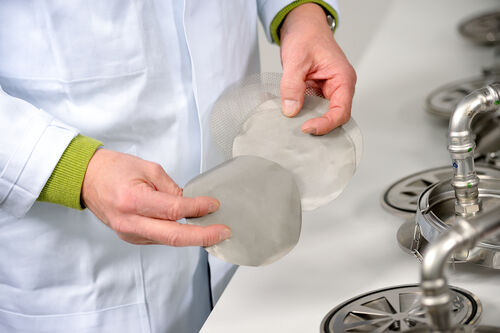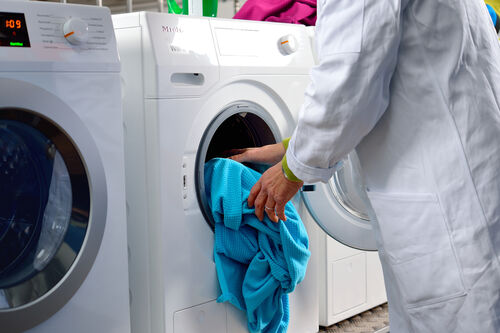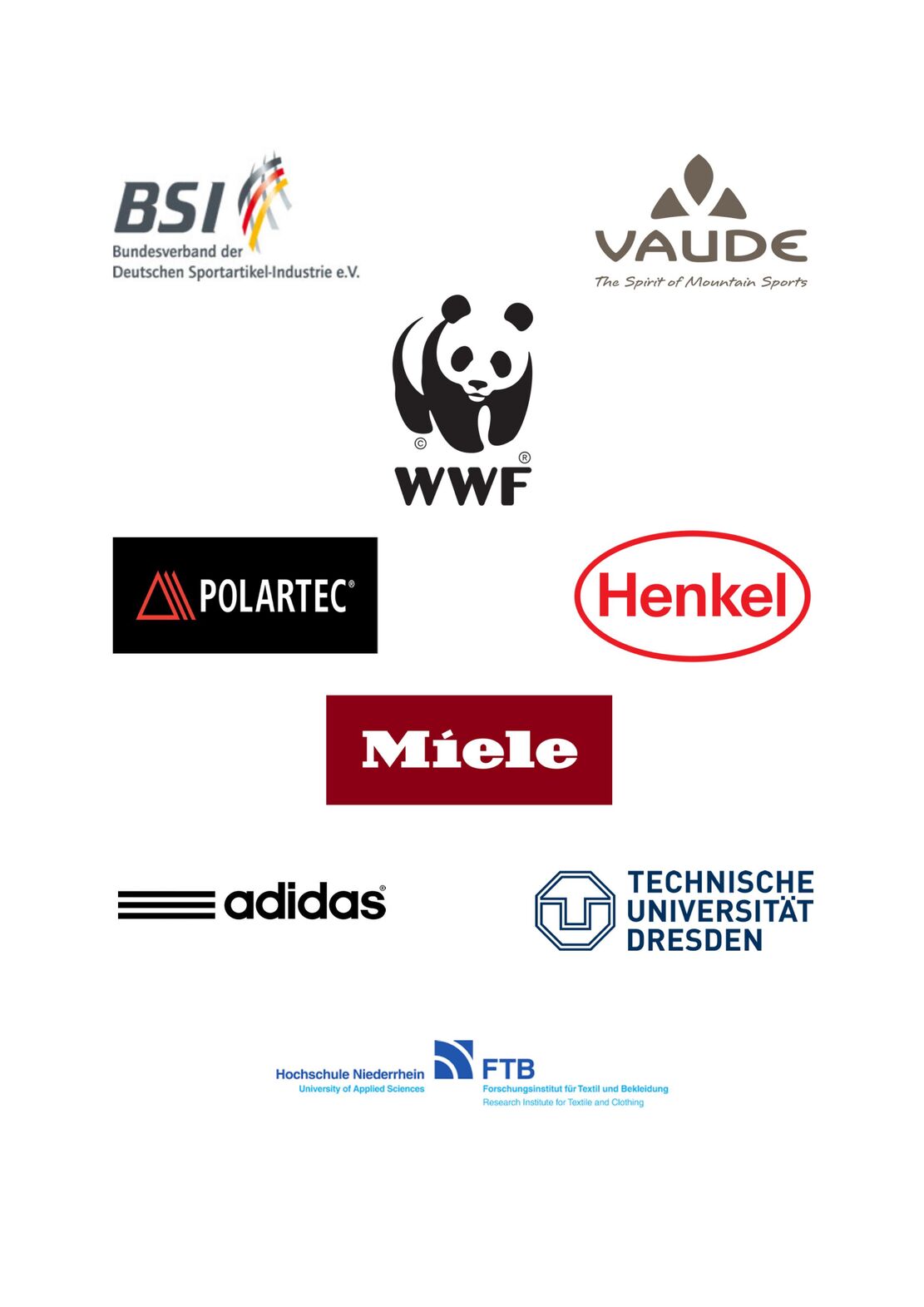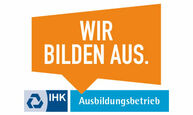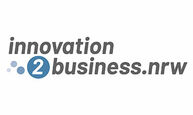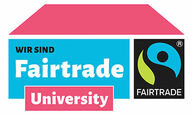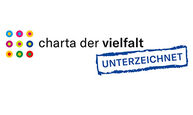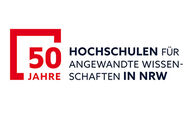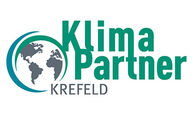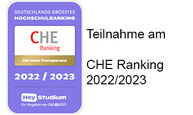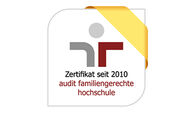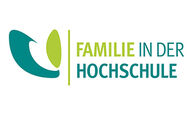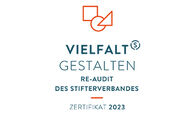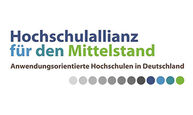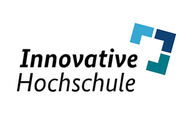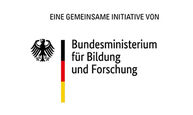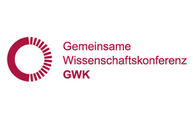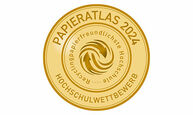Plastic plays a major role in our everyday lives and yet we are often unaware of the scale of the problems it causes. The large amount of plastic produced leads to an enormous amount of waste, as plastic generally has poor biodegradability. This leads to plastic waste ending up not only in landfills, but in large part in the ocean in terms of the environment.
A major problem has been identified in microplastics, as their size (<5mm) means they are ingested by all organisms, for example fish, and therefore end up in the food chain.
In this case, we will mainly focus on the formation and distribution of textile microplastics, which is increasingly arising from the production of synthetic textiles and the household washing of these.
60%-95% of all microplastic particles can be filtered out of wastewater by wastewater treatment plants.Despite these filtering processes within wastewater treatment plants, a significant amount of microplastic remains in the treated water and is then further flushed into the environment.
Due to a lack of knowledge on the total amount of microplastic and the corresponding input pathways, the degree of the problem has not yet been precisely determined. This is why the "TextileMission" project was launched.

